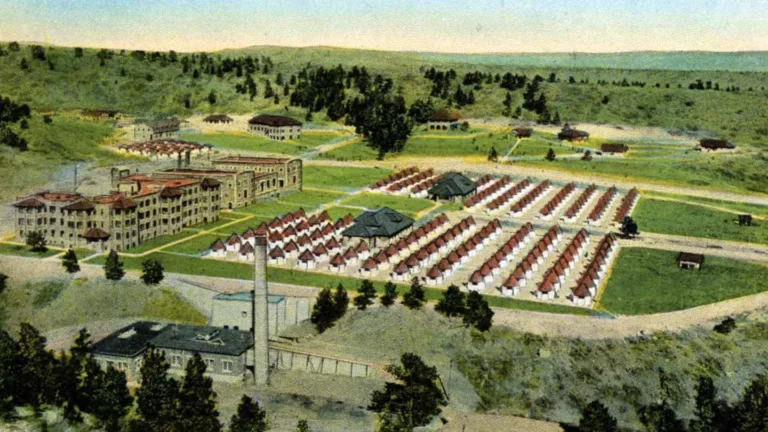Throughout history, the roles and identities of First Ladies have evolved significantly. While their husbands often take center Stage As Presidents, these remarkable women played crucial supporting roles, Shaping Policies, Influencing Public Opinion, and leaving lasting legacies behind the scenes.
Yet, Despite Their Contributions, much less is known about them Compared To Their Presidential Spouses. Their personal lives, motivations, and even their preferred ways of being addressed often remain shrouded in mystery. This article seeks to shed light on these fascinating figures by exploring Ten Unique First Ladies Nicknames Used Throughout History.
By delving into these informal monikers, we can gain a deeper understanding of the personalities, relationships, and societal perceptions surrounding these influential women. Prepare to discover the stories behind their endearing names and uncover the multifaceted identities of America’s First Ladies.
Unveiling Presidential Wives: A Look at First Ladies Nicknames
Nicknames often reveal a lot about a person’s character, relationships, and the way people perceive them. They can be playful, affectionate, or even based on specific events or traits. When it comes to First Ladies, these informal names offer a glimpse into their personal lives and how they were viewed by those closest To Them, as well as the public at large.
Some First Lady Nicknames are rooted in their personalities or actions, Reflecting Their Strength, intelligence, or sense of humor. Others stem from historical events or their roles within The White House. By examining these unique monikers, we can gain a more intimate understanding of these influential women beyond their official titles and public personas.
 Port Huron Statement: SDS & The Legacy of Social Change
Port Huron Statement: SDS & The Legacy of Social ChangeEach nickname tells a story, offering a window into the complexities of their lives and the societal norms of their time.
Beyond The Oval Office: Exploring the Personal Lives of First Ladies
While The Oval Office often dominates headlines and historical accounts, it’s essential to remember that First Ladies were also individuals with rich personal lives beyond their public duties. They had families, hobbies, passions, and dreams just like anyone else. Exploring these aspects of their lives provides a more complete and humanizing picture of these remarkable women.
Understanding their personal stories allows us to connect with them on a Deeper Level, Appreciating Their Strengths, vulnerabilities, and the sacrifices they made for their families and country. These glimpses into their private worlds reveal the complexities of balancing public service with personal fulfillment, offering valuable insights into the human experience behind the official titles.
By delving beyond the confines of The White House, we can gain a richer appreciation for the multifaceted lives of First Ladies and their enduring contributions to American history.
From “Jackie O” to “Millie”: A Historical Journey Through Nicknames
Throughout history, First Ladies have been bestowed with a variety of nicknames, each reflecting the era and cultural context in which they lived. From the iconic “Jackie O” to the endearing “Millie,” these monikers offer a fascinating glimpse into how public perception shaped their identities. Some nicknames were born from their personal styles or interests, while others stemmed from events that Captured National Attention.
Exploring this historical journey through first lady nicknames reveals not only the evolving nature of these informal titles but also the changing roles and expectations placed upon First Ladies throughout American history. Each nickname tells a story, shedding light on the social norms, Political Climate, and even media trends of their time.
By examining these names in chronological order, we can trace the evolution of public perception and the enduring impact of these influential women on American culture.
The Power Of A Nickname: Shaping Public Perception
A nickname can be more than just a casual term of endearment; it holds the power to shape public perception and influence how people view an individual. This is particularly true for First Ladies, whose roles often involve navigating complex public scrutiny and shaping national narratives.
A well-chosen first lady nicknames can humanize These Powerful Figures, making them more relatable and approachable to the general public. It can also highlight specific qualities or achievements, influencing how they are remembered throughout history. Conversely, a nickname that carries negative connotations can damage their reputation and overshadow Their Accomplishments. Understanding the impact of nicknames on public perception sheds light on the subtle yet profound ways in which language shapes our understanding of historical figures.
By analyzing the evolution of First Ladies’ nicknames, we gain valuable insights into the power dynamics at play within American society and the enduring influence of media narratives on shaping public opinion.
Remembering The Women Behind The Presidency
While history often focuses on the achievements and actions of presidents, it’s crucial to remember that they were not solely responsible for shaping their administrations or influencing national events. Behind every presidency stood a First Lady, a woman who provided invaluable support, guidance, and often, a unique perspective on the challenges facing the nation.
By exploring the lives and legacies of these remarkable women through their First Ladies Nicknames, we gain a deeper appreciation for their contributions beyond the confines of Traditional Roles. We see them as individuals with Their Own Passions, ambitions, and struggles, shaping history alongside their husbands in ways both subtle and profound. Remembering the women behind the presidency allows us to celebrate their individual strengths and acknowledge their lasting impact on American society.
Let’S Honor These often-overlooked figures by recognizing their unique stories and celebrating the multifaceted roles they played in shaping our nation’s past, present, and future.










